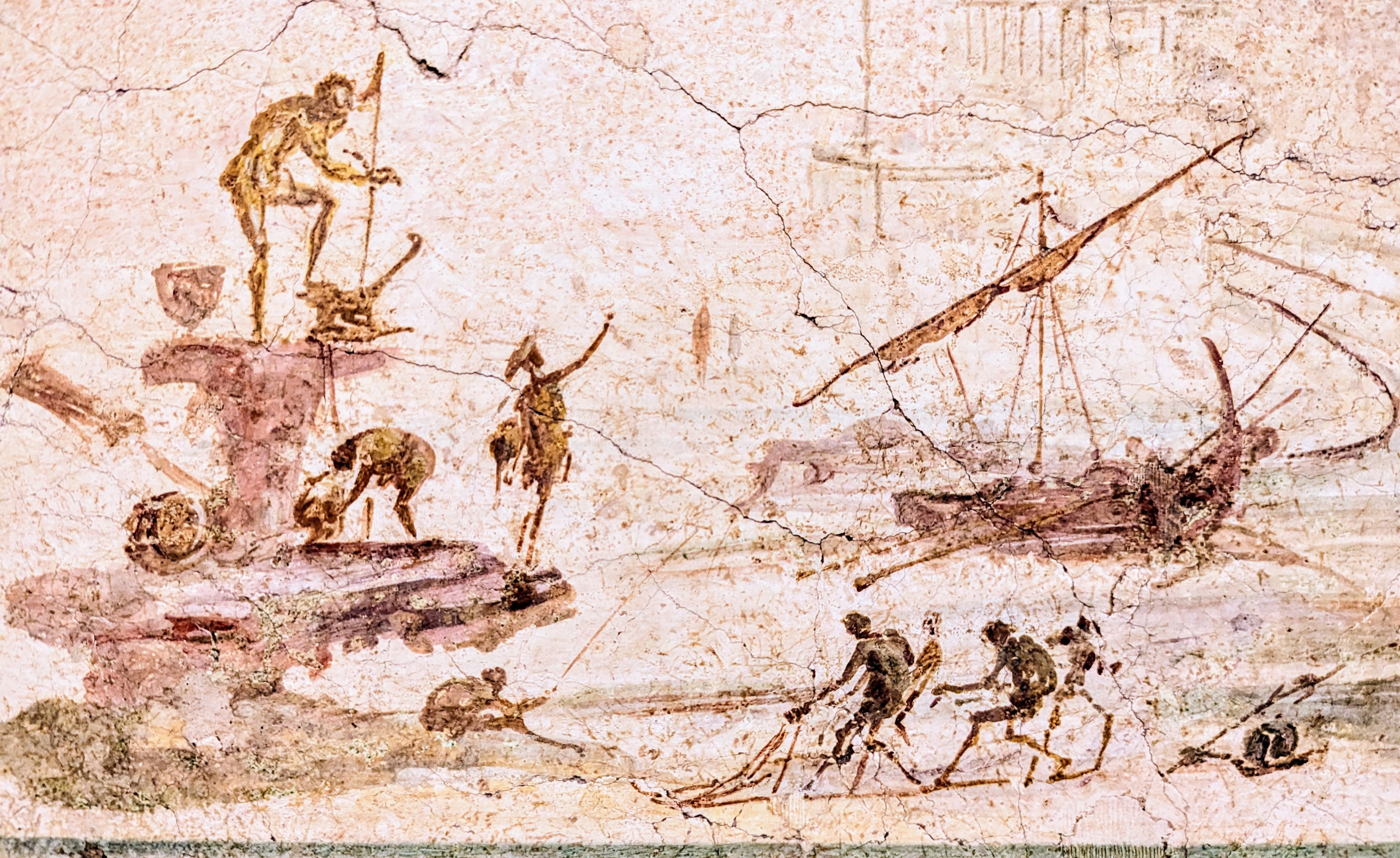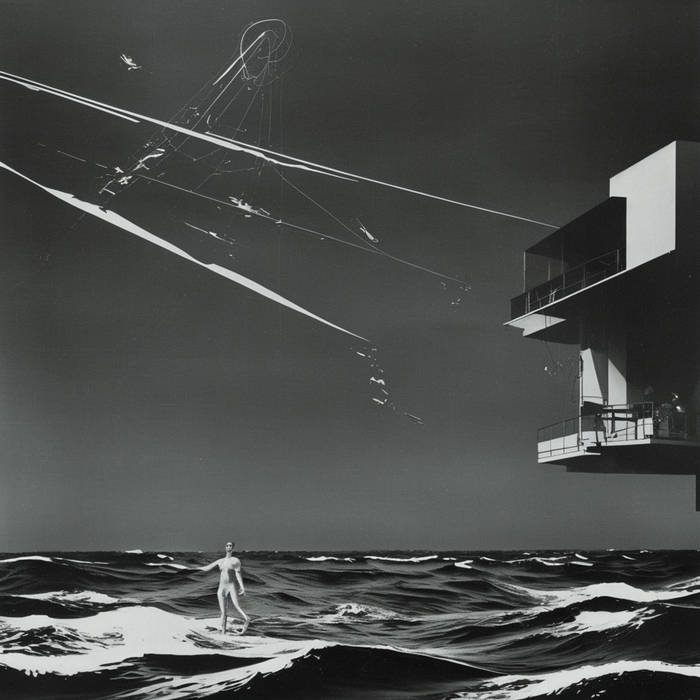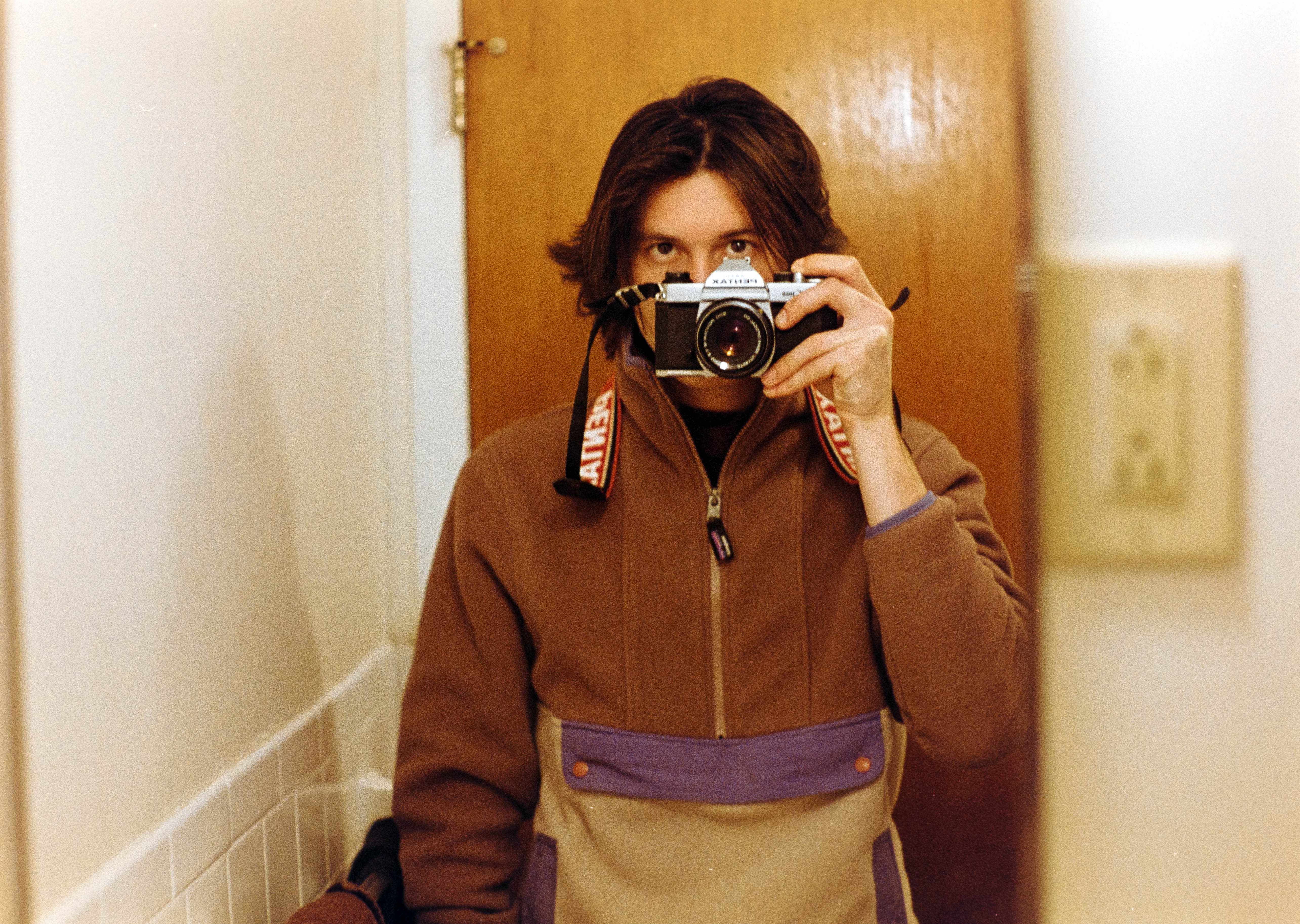I mean, you take one look at Greek statues and Roman busts and you realize that people figured how to aim for realism, at least when it came to the human body and faces, over 2000 years ago.
Yet, unlike sculpture, paintings and drawings remained, uh, “immature” for centuries afterwards (to my limited knowledge, it was the Italian Renaissance that started making realistic paintings). Why?
Realism wasn’t necessarily the end goal of a lot of painting. When you look at old Christian art one thing to notice is that different people can have vastly different sizes. The virgin mother may be most prominent, some patron saint smaller, and the artist themselves or the commissioner may be included as smaller figures. This play of scale was a device to show what was important and being sure to capture and portray that hierarchy was a more important goal than realism.
Hi. I’m an artist, and my answer comes from my personal experience and not from academic research on your topic.
Turns out painting and sculpture pose different challenges to artists. If your goal is realism, you first need to understand your subject, and then you need to translate it to the medium.
One key aspect in the process is finding good reference material to work from. Turns out human faces and bodies occupy three dimensional space, and they are somewhat readily accessible to artists. A talented sculptor can study a model and replicate it as a sculpture; it’s not easy, but there isn’t much else to be done.
Now let’s look at painting. Often people think painting and drawing is easier than sculpting because it’s more accessible, but that’s not necessarily the case especially if you aim for realism. The artist needs to use the brain and translate a lot, and I mean an awful lot, of the information seen in the model (3d space) into 2d. They need to remove one dimension from it, without breaking the illusion. This is why it’s ten times more difficult to sketch from life than it is to sketch from photographic reference; photos already did half the job for you. And back in the day photography wasn’t a thing.
This is very hard already, but on top of that comes color. Most people can see color well enough, the difficult part is understanding how to translate that to a flat, uniform surface that doesn’t emit light. From the get go this means you will have to crunch down and remove color information, ie you can’t paint the sun and expect it to shine like the real thing, instead you will have to either make everything else too dark or not paint the sun just to keep the lighting relationships making sense. Your brain has evolved to see color shades, to take into account lighting conditions and contrast and a lot of other things. And yet, you hardly realize you are seeing all these things because what matters to you is what color things are meant to be, not what color things really are in a myriad of lighting conditions. In other words, you don’t have a color picker tool ability that lets you easily replicate any color you see. This takes years of training.
Then as if this alone wasn’t difficult enough, you now have to deal with pigment chemistry and colors that dry different shades, incompatible or unstable pigment combinations, hard to find pigments, etc. These issues still have to be taken into consideration today, but in the past even more so since people had a lot less options available for a variety of reasons.
I hope by now you’re getting the idea that you have far far more opportunities to botch a painting than a sculpture. Take any civilization and with a few generations of skilled sculptors passing on the tricks of the trade you can reach realistic results. But it took centuries and a lot of thinking and writing and studying to start achieving realistic painting standards. I’m not surprised at all.
I’m always astonished when I see people add lighting to a figure/scene by piling on lighter and lighter colors. It’s mind-blowing to me how artists can figure out how to fake light with colors!
Nice write up!
Also, lots of colors were not available back then, nor were the “thinks” that make them a paint color and not just colired dust. That’s why paintings from 1300 and before are brown-yellowish from the egg and lack of many colors.
Another fun example, in the late 1800 you could suddenly buy oil paint in … Tubes! There were also a railway network in some countries, and tada people could paint in the countryside!
…but then you have to know the properties of color in your media too if you want to really match colors to a reference
There is no colors for a reference, the colors in reality are way way more expressive than our dumb blue, yellow, red tube colors.
Oh but there are. I have painted cars and done automotive class airbrush graphics for many years. There is a ton to know and learn about when it comes to colors, matching, and expression.
I didn’t say there is nothing to learn, I think quite to the contrary. But there is no paint for light, nor gold or lots of other things, so you have to fake it. Which is the hard part.
I agree to an extent, but light is invisible. Colors are a frequency phenomenon and the same property in both instances.
Part of the art of mixing and matching paints for cars is abstracting the various spaces and focusing on each. I need to see the flat tone, opacity, coarseness and composition (metallics/pearls), layering (pearls), flop (how the color changes depending on facet angles and tint the tone of this independent of the perpendicular tone).
I’m unusual in this space as well. I specialized in very small repairs where I am mixing paints in much smaller batches than the minimum recipe supplied by the paint vendor for the original color code of the vehicle. I knew paints on a much deeper level where I mixed mostly by eye and intuition. I had many techniques, but overall, I had to know the tinting properties of around a hundred different colors and how each one would behave in combination with the rest. My skills were very much a matter of flattening my perspective and observing three dimensional colors as if they were a two dimensional abstraction with several little 2d bubble universe facets to play with.
It is a learned skill. I hired several employees over the years. It quickly becomes evident how a person thinks and their ability to see color on a level that most humans never encounter. Even now, I still know that white and black do not exist and are simply byproducts of other colors and properties. True black would be impossible to see, and white would be a blinding light source specifically tailored to the individual’s vision spectrum and neural processing. I see colors and complex properties in everything.
Culture mainly. Same reason why some artists today draw photorealistic drawings and others draw more cartoony. You don’t need to draw or sculpt something to be hyper-realistic to explore the abstract nature of art.
THE PROPER TOOLS.
YOU try scrawling on a cave wall with nothing but the charcoaled end of a stick you pulled out of a fire and see how well you can draw with that kind of medium and tools.
As technology progressed, so did the tools used.
Michelangelo was using a fresco technique painting onto still wet plaster and used egg whites or glue made from animals to help the paint stick. He used a variety of brushes, not just a charcoal stick.
Further, just something as simple as a variety of colors took hundreds of years of technological advancement to achieve.
Don’t underestimate the need for quality tools!
Also the time needed to perfect that skill wouldn’t have been available that far back. If you’re needing to spend the bulk of your time hunting/gathering food and other forms of basic survival I don’t think you’d have the hours every evening to work on your shading techniques.
Excellent point, as others have astutely pointed out, a love of the arts is often cultural, and most artists need essentially a set of people who love their art and buy it or they will be a “starving artist.” So you also need a society that appreciates art enough to let certain people have all that time.
Exactly. Taking in the expansive view before you is nice, but the giants we stand upon, stable societies and technological advancements, are worth a glance or two.
something as simple as a variety of colors took hundreds of years of technological advancement
If anyone is looking for a rabbit hole to go down, the history of pigments is a great one.
I do find it interesting that folk think Renaissance art is realistic.

I’m being a little glib, but the truth is that we are still looking at hyper-idealised bodies.
The main difference,I suspect, is the use of perspective rather than drawing on a flat plane. In a way it took a leap of imagination to make things look more “realistic” whilst sculpture was merely (again, said with a certain smirk) just mimicking what the artist could see and feel in the real world.
That is to say that sculpture is reproduction whilst drawing is representation, and with representation you need to be able to take some pretty big leaps for both the artist and the viewer to work these things out.
Realistic as in “this is a believable real person” not “this is exactly what everyone looks like”
I actually was fortunate enough to visit the Sistine Chapel this summer, and although when you take a close look at images online of the paintings, it’s clear they aren’t “realism”, when you see the paintings in person they look very real. I was especially struck by how real Jonah looked, as if he was just hanging out, sitting on a ledge near the ceiling. Very cool experience.
Take a look at this:

This is in the Museum of the Palazzo Massimo alle Terme in Rome, and it comes from an ancient Roman Villa in Rome. Probably painted in the first or second century CE. There’s walls of this stuff in the museum.
It’s not realism, but minimalistic sketches that, in many ways, outdo realism in artistic quality. To me, this looks more like something that you might find in Leonardo’s sketchbook than on the wall of on ancient Roman Villa from 1200 years earlier.
Art isn’t a progression. “Realism” isn’t necessarily a goal.
If capturing some subject in the most naturalistic way possible was the goal of art, there would be no need for paintings after the invention of the camera, and sculpture would be obsolete because of 3d scanning. Art must be something beyond capturing nature, otherwise there would be no reason for humans to do it.
I’m not an expert on the subject, but i didn’t see anyone else mention time as a factor. For a long time humans were simply too busy trying to survive. Once civilizations started coming around along with extremely wealthy and powerful people, then more time for leisure, art, and science came. Some of the extremely wealthy people of the past hired artists, mathematicians, scientists, musicians, etc to just live with them and study full time. The expectation was that they would share their work.
Art and science were largely the domain of the rich and bored for a long time. This wasn’t really conducive of attracting those with talent, just those with the means.
I literally just saw a video on cave paintings the other day and one of the oldest set of cave drawings ever found in France (dating almost 14,000 years ago) are some of the most detailed, and realistic depictions of animals in artwork I’ve seen.
I don’t think it took long to be realistic. It started realistic and evolved into stylization. And then looped back to realistic being cool again.
We’re also looking at the art that survived until today. It’s not like we have libraries full of art from every culture.
Materials.
If you’d have seen the marble sculptures when they were new, you would have described them as anything but realistic. We now know that many, if not most, sculptures were painted in bright garish colours.
Why paint a delicately crafted sculpture with a dodgy paint job? Party taste, perhaps, but more definitely because that was what was available.
The paints that we have now are carefully designed, mixed and stored to deliver a wide range of colours of a consistent quality (and even modern companies like GW struggle with that!).
The further back you go, the fewer pigments there are and the less sophisticated the binders are. It’s no coincidence that the rapid explosion in science and trade of the Renaissance led to the rapid development of paints. Even in those days, an artist didn’t buy paint, they made it - access to new raw ingredients was all that was needed.
So, why the Renaissance? Because it’s the earliest point in time it could have been possible.

because that was what was available.
Yes, we’ll go with that one.
chefs kiss
Requires knowledge of geometry and that shot is hard. Perspective lines and angles and etc.
Looks like someone’s just finished watching Joe Scott’s latest video…Answers With Joe
Tastes have changed.
Your judgement is different from their judgement.
What you are calling ‘realistic’ probably did not even exist then, and nobody missed it.











